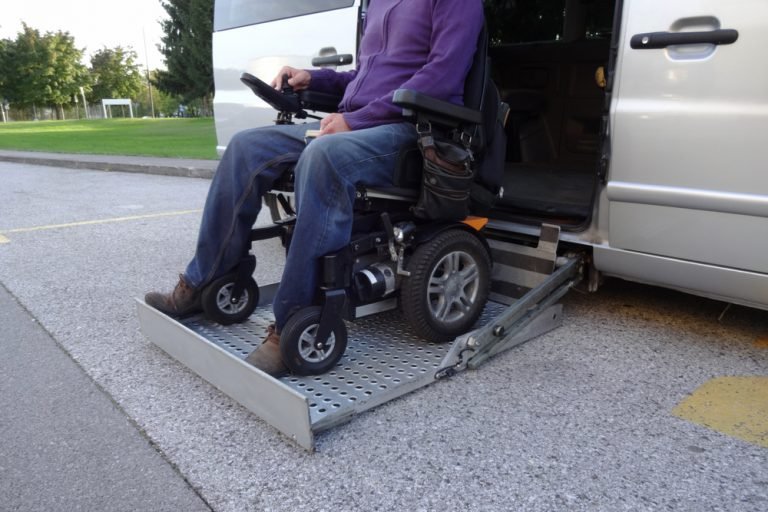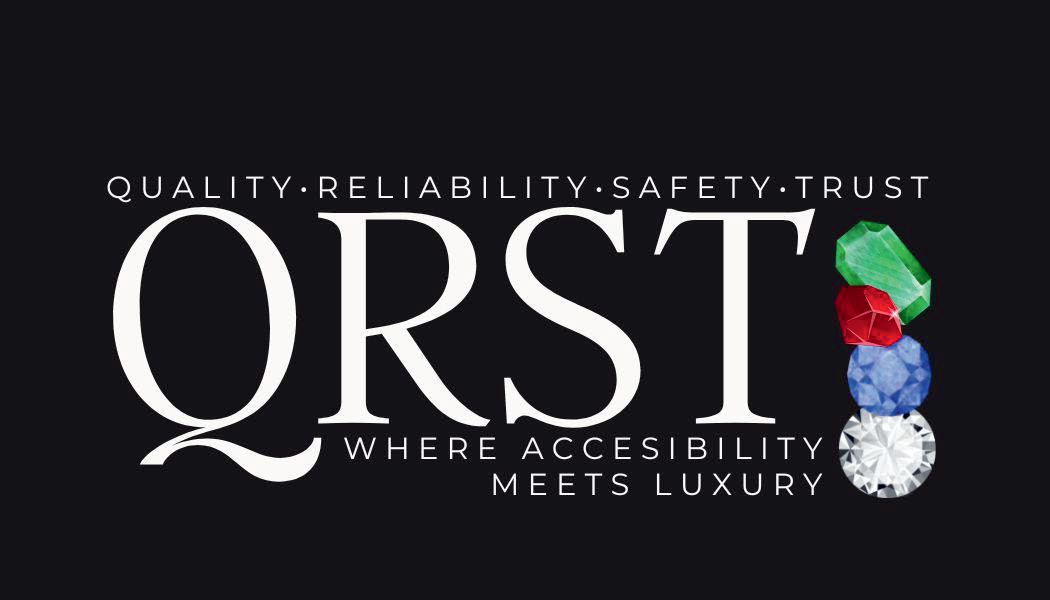Welcome to this comprehensive guide on the evolution of wheelchair transportation services in the DMV (District of Columbia, Maryland, and Virginia) region. Over the years, the accessibility and inclusivity of transportation options for wheelchair users have significantly evolved, driven by technological advancements, social awareness, and regulatory changes. This guide will take you through the historical milestones, innovations, and policies that have shaped the landscape of wheelchair transportation in the DMV. From the early days of limited accessibility to the present era of advanced wheelchair-accessible vehicles and services, we will explore how these developments have positively impacted the lives of wheelchair users and contributed to a more inclusive society. Discover the changing landscape of wheelchair transportation in the DMV. QRST offers top-tier cleaning services for your needs.
Evolution of Wheelchair Transportation Services in the DMV:
Let’s explore how these developments have positively impacted the lives of wheelchair users and contributed to a more inclusive society.

Historical Milestones: Pioneering Wheelchair Transportation in the DMV
- Introduction of accessible vehicles in public transportation.
- Establishment of organizations advocating for disability rights.
- Launch of the Americans with Disabilities Act (ADA) in 1990.
- Implementation of wheelchair lifts and ramps in buses and trains.
- Improvements in accessibility infrastructure across the DMV.
Advancements in Vehicle Technology: Enhancing Accessibility for All
- Introduction of wheelchair-accessible vehicles with advanced features.
- Integration of automated lifts and securement systems.
- Inclusion of GPS and real-time tracking for improved scheduling.
- Enhanced safety measures and user-friendly controls.
- Integration of electric and hybrid vehicles for eco-friendly options.
ADA Compliance and Impact: Transforming the Landscape of Transportation
- Overview of the ADA’s influence on transportation services.
- Ensuring equal access and rights for passengers with disabilities.
- Requirements for paratransit services and reasonable accommodations.
- Ongoing efforts to improve compliance and address challenges.
- Positive impact of ADA in promoting inclusivity and accessibility.
Inclusive Services and Amenities: Tailored Solutions for Passengers
- Introduction of door-to-door paratransit services for individuals with mobility challenges.
- Specialized seating arrangements and securement systems for wheelchair users.
- Accessible amenities at transportation hubs, such as restrooms and elevators.
- Availability of assistive technology and communication aids.
- Training for staff to provide quality assistance to passengers with disabilities.
Innovative Ride-Hailing Services: Revolutionizing Mobility Options
- Emergence of ride-hailing platforms catering to wheelchair users.
- Advantages of on-demand services for flexible transportation.
- Inclusion of wheelchair-accessible vehicles in ride-hailing fleets.
- User experiences and feedback on accessible ride-hailing services.
- Challenges and future prospects for expanding these services.
Partnership and Collaboration: The Role of Public-Private Initiatives
- Collaborations between public transit agencies and private companies.
- Partnerships to improve accessibility and expand services.
- Corporate social responsibility initiatives supporting accessible transportation.
- Shared efforts to create a more inclusive transportation network.
- Successful case studies of public-private collaborations.
Future Trends: A Glimpse into the Promising Future of Wheelchair Transportation
- Technological advancements shaping the future of accessible transportation.
- Potential for autonomous vehicles to enhance accessibility.
- Integration of smart city solutions to improve mobility for all.
- Innovations in wheelchair design and assistive technology.
- Advocacy efforts and policy changes driving a more inclusive transportation landscape.
FAQS:
What are the key milestones in the evolution of wheelchair transportation services in the DMV?
Answer: The key milestones include the introduction of accessible vehicles, the establishment of disability rights organizations, the implementation of ADA, and advancements in vehicle technology.
How has the Americans with Disabilities Act (ADA) impacted wheelchair transportation in the DMV?
Answer: ADA has been instrumental in promoting accessibility and equal rights for passengers with disabilities, leading to improvements in paratransit services and accessible infrastructure.
What are the future trends and innovations in wheelchair transportation services?
Answer: Future trends include the integration of autonomous vehicles, smart city solutions, and advancements in wheelchair design and assistive technology to further enhance accessibility and mobility for wheelchair users.
Conclusion:
The evolution of wheelchair transportation service in the DMV region has come a long way, driven by advancements in technology, changing perspectives on disability rights, and the implementation of crucial legislation like the Americans with Disabilities Act (ADA). From the introduction of accessible vehicles to the establishment of disability rights organizations, significant strides have been made to improve accessibility and inclusivity for wheelchair users. Looking ahead, the future holds promising innovations such as autonomous vehicles and smart city solutions that will further revolutionize wheelchair transportation. As the journey towards greater accessibility continues, it is essential to prioritize the needs and rights of individuals with disabilities to create a more inclusive and accessible transportation landscape in the DMV.
